One week ago we were having our third consortium meeting in Hamburg, in the district of Altona in order to assess the status of the project, reflect back on the previous semester and look ahead for what is coming up.
We started on Tuesday afternoon (29 May 2018) and finished with the lunch of Thursday (31 May 2018). We used the time to cover progress done in all work packages by means of plenary sessions in two key locations: the Technical Townhall of Altona and the Altona Townhall. We had plenty of serious discussions, but we had some fun moments. For example, Waag Society had the pilot area representatives test out a possible new feature of the Citizen Mobility Kit: everyone was invited to answer questions and make choices in real time using polley.com. Would you be able to place Hamburg on an empty map in a few seconds without using GoogleMaps? What would you choose as your favourite German word: Treppenwitz, Fingerspitzengefühl or Frühjahrsmüdigkeit? Of course, jokes aside, our goal is to find the best instruments to engage local communities in the co-creative processes around the selection of ideas, concepts and solutions during the Presentation Days and Hackdays that will be organised locally in our five pilot areas during and after the summer.
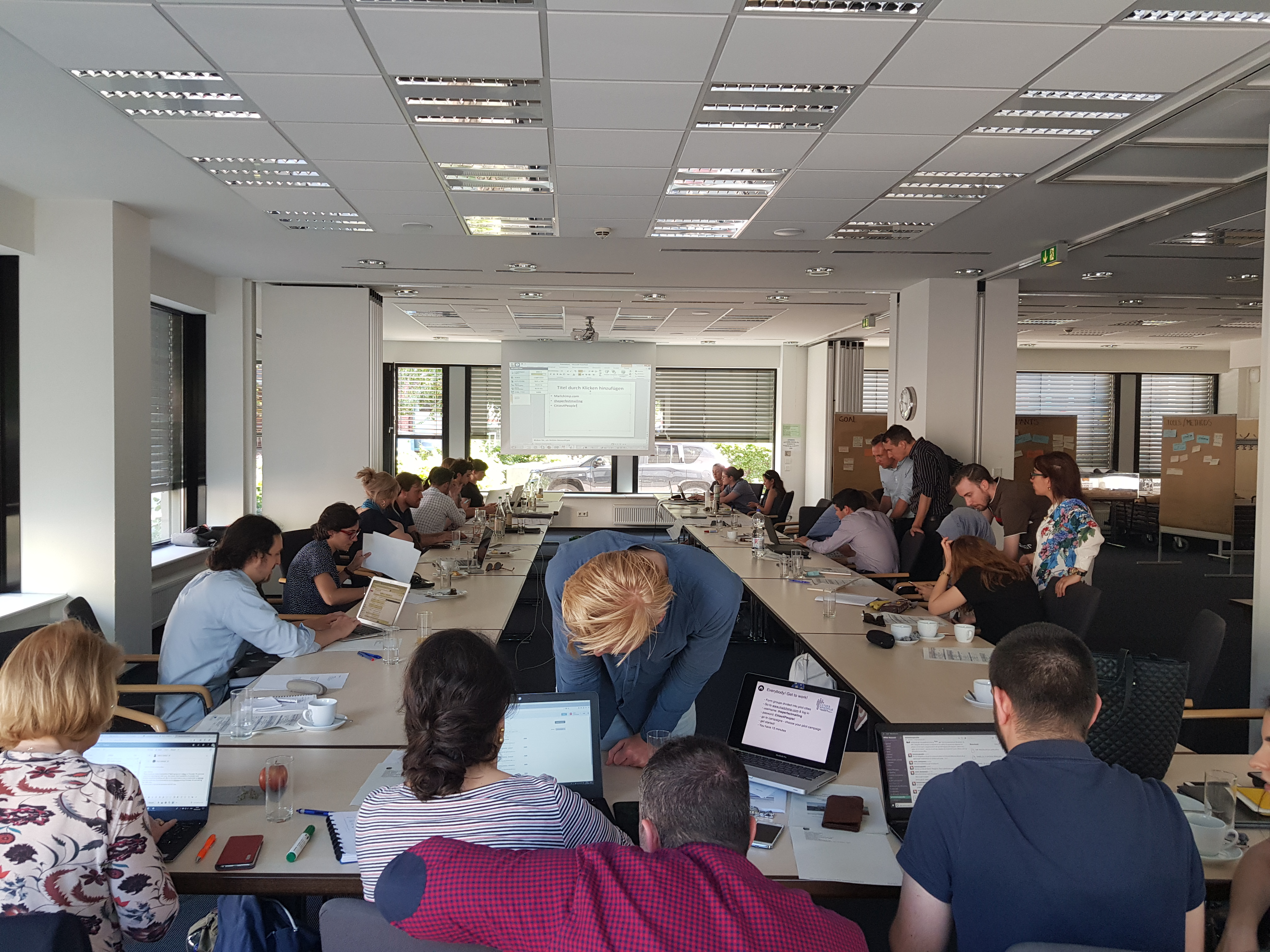

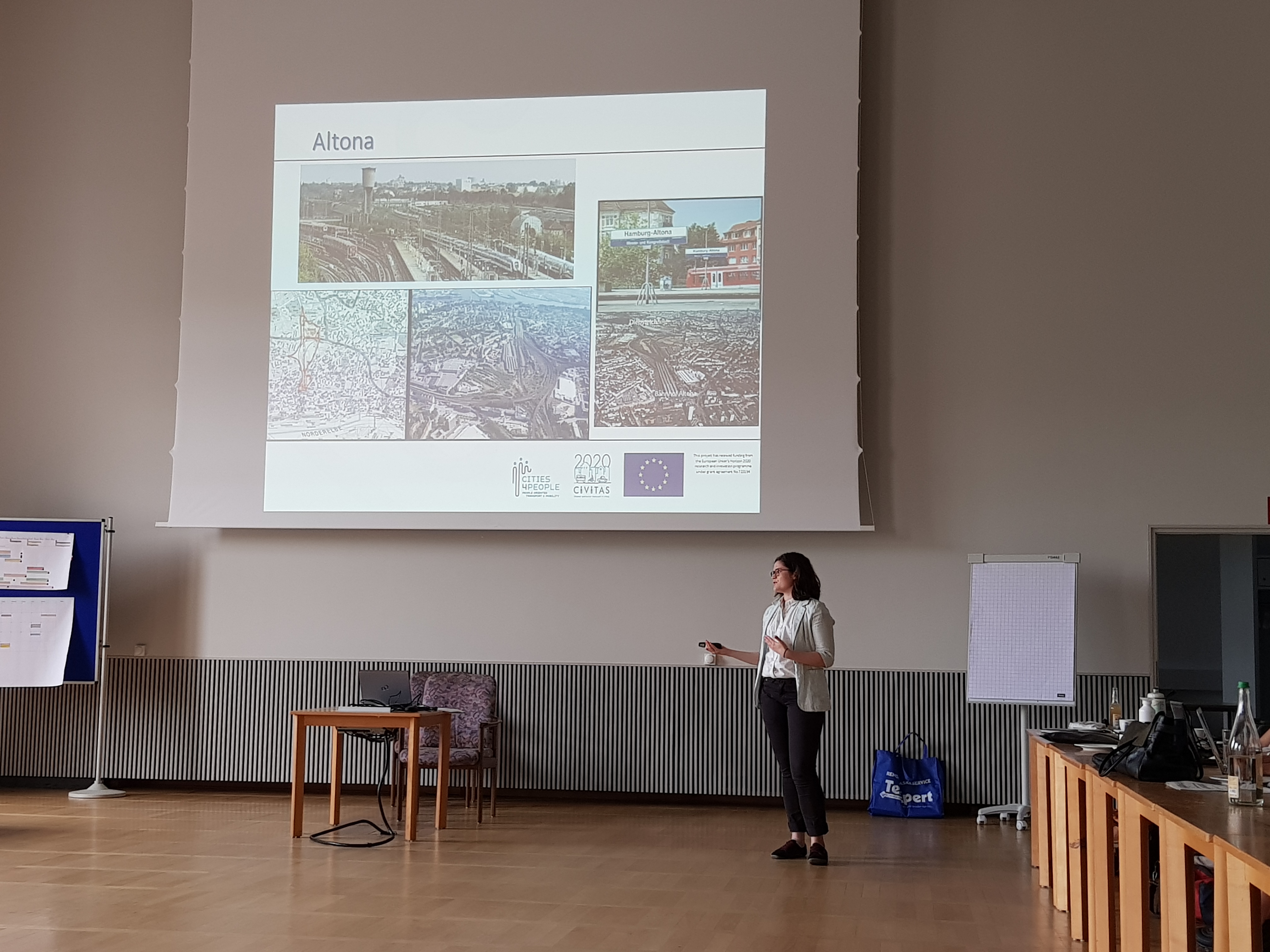
In order to plan our next steps with regard to the Citizen Mobility Labs, we complemented the plenary presentations with short workshop sessions, in which each city partner worked together with the respective supporting academic partner to define the most urgent objectives and ways to achieve them. Two members of the Advisory Board, namely Hana Peters from Rupprecht Consult, lead coordinator of Sunrise, and Anne-Katrine Hornemann, Urban Strategic Advisor at COWI, also provided their input.
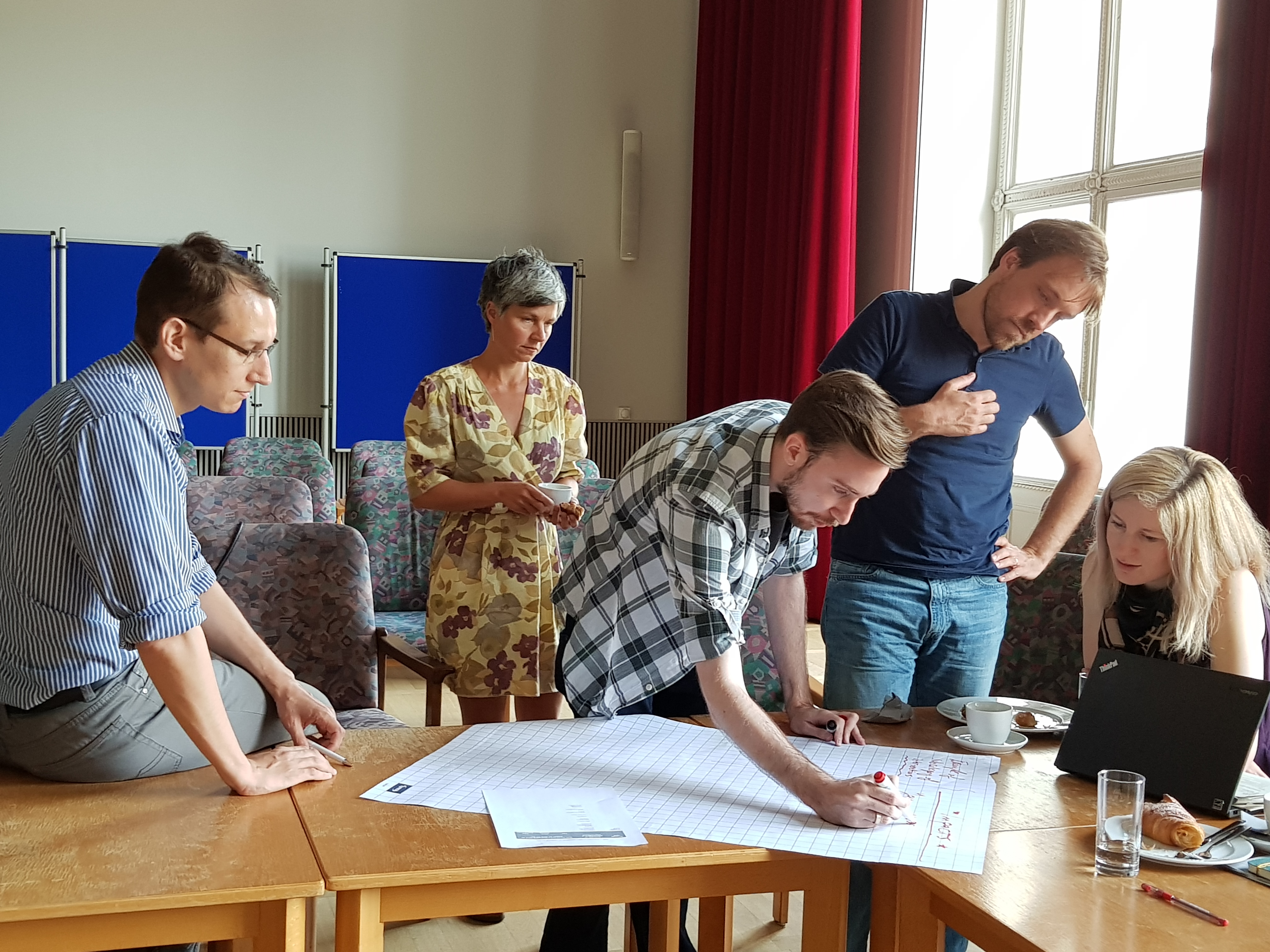

Ms. Peters and Ms. Hornemann did not only offer their insights during the workshops, but also shared their experience during an interesting one-hour-and-a-half exchange. The interventions by the AB members were complemented by a presentation of Comogo by Valerio Sandri. Comogo is a personal transport app that works as a global platform integrating different data from public transport and other mobility solutions to provide smooth travelling information (i.e. all possible options, best available routes, duration, distance and price for each).
External input coming from stakeholders with different background is extremely beneficial for the project and is at its core (think of the POTM framework Cities-4-People is based on). This is why the contact established with an expert in urban transport, sustainability and travel behaviour (Ms. Peters), an expert in urban development, process design and user involvement (Ms. Hornemann) and a social entrepreneur (Mr. Sandri) is a great basis for further project development.
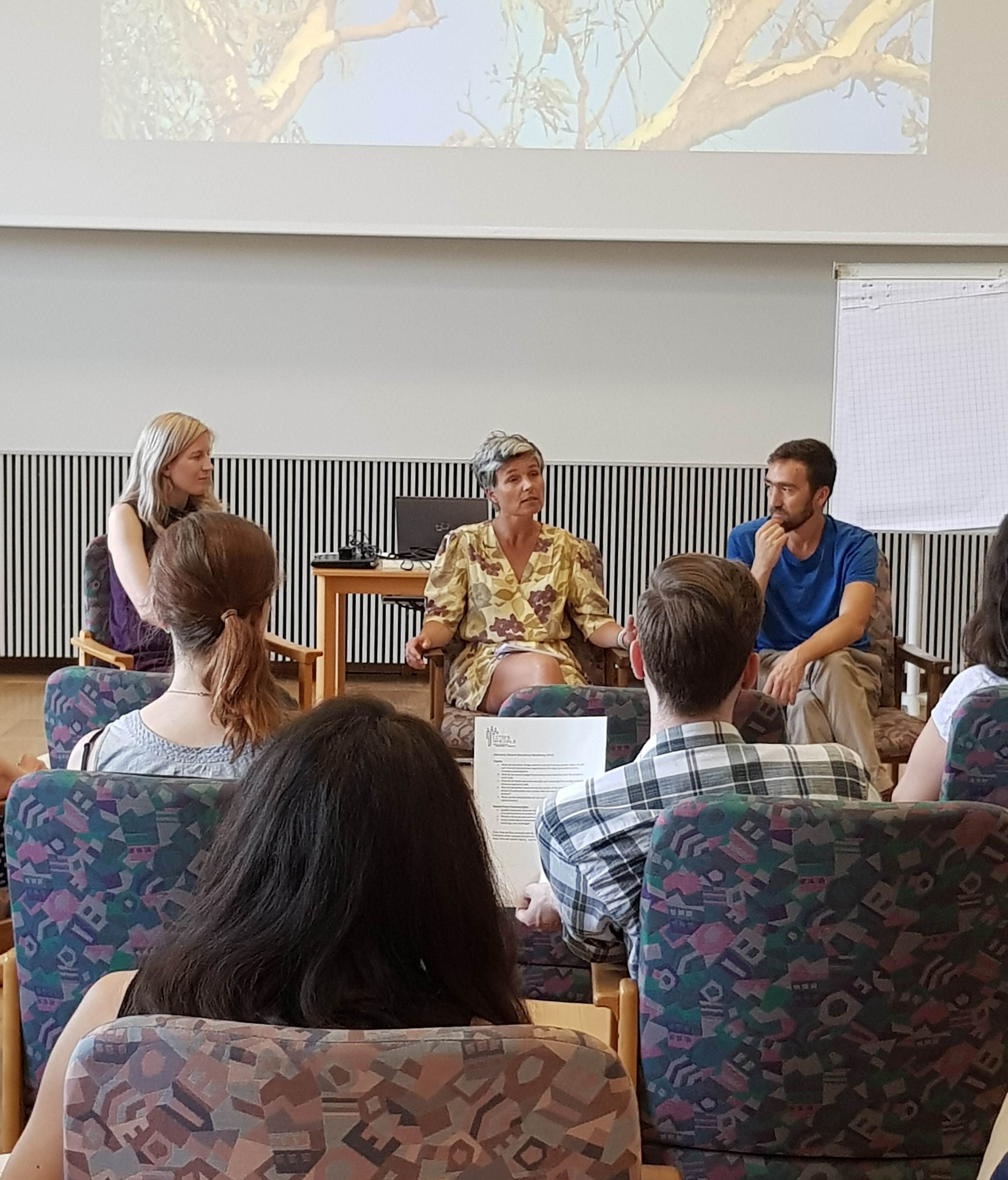
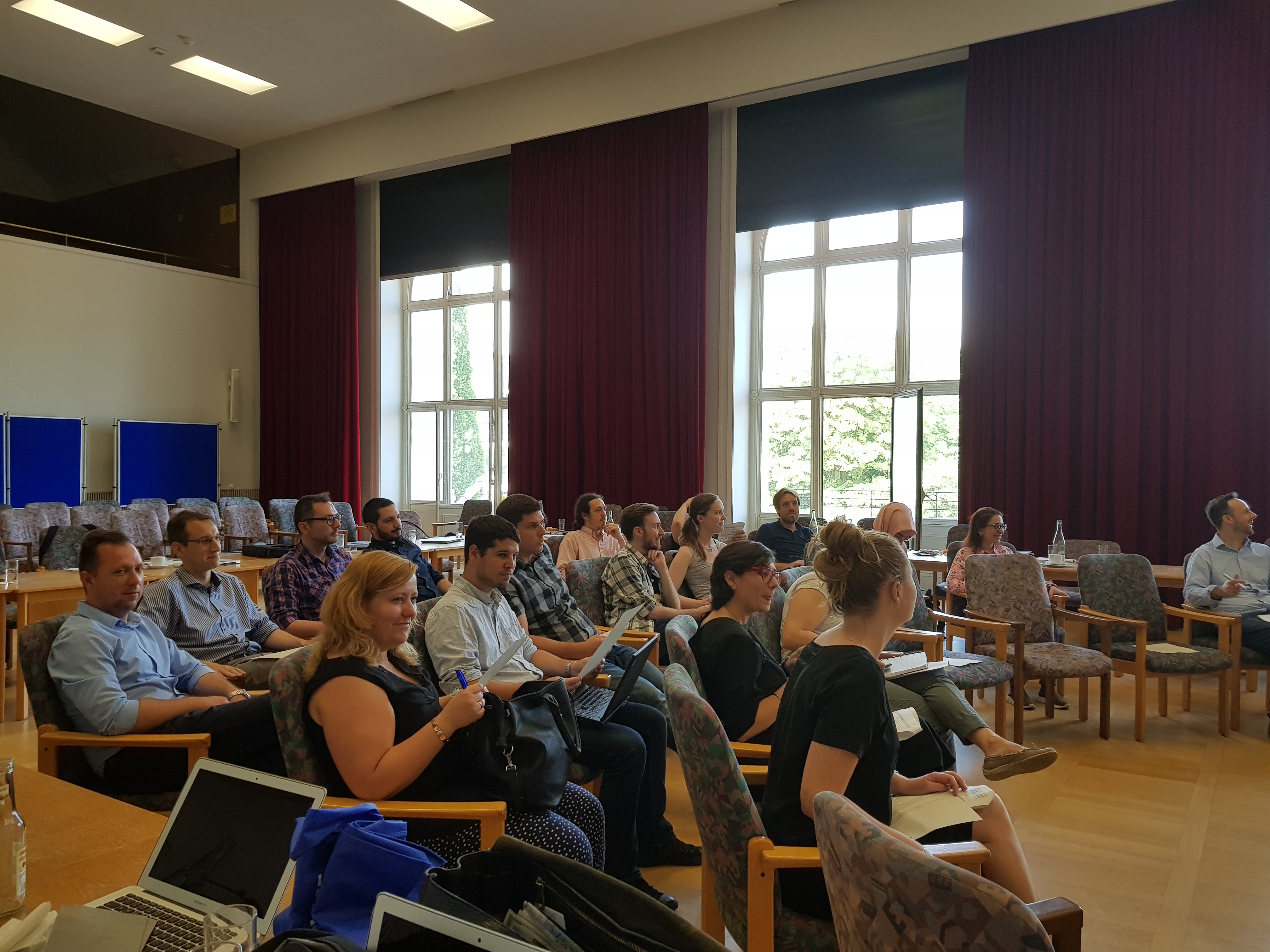
The AB panel discussion was followed by a site visit: we walked around the Altona district guided by Daniel Ringeisen, part of the Project Group Planung Mitte Altona of the Hamburg Ministry of Urban Development and Housing. Mr. Ringeisen showed us the construction site around the station, explained that the realisation of the urban changes will happen in two phases. The first one started in 2015 and is currently ongoing, the second one won’t start before 2024. While we could not discuss the changes that will happen in phase two as they are dependent on the relocation of the railway station and the adjacent brewery, walking in the intervention area concerned by phase one of realisation, we could:
- have a glimpse of the new houses built for social purposes
- understand some key aspects of the inclusive public space design adopted by the project group
- witness the mobility measures taken to reduce car traffic and increase pedestrians and cyclists.
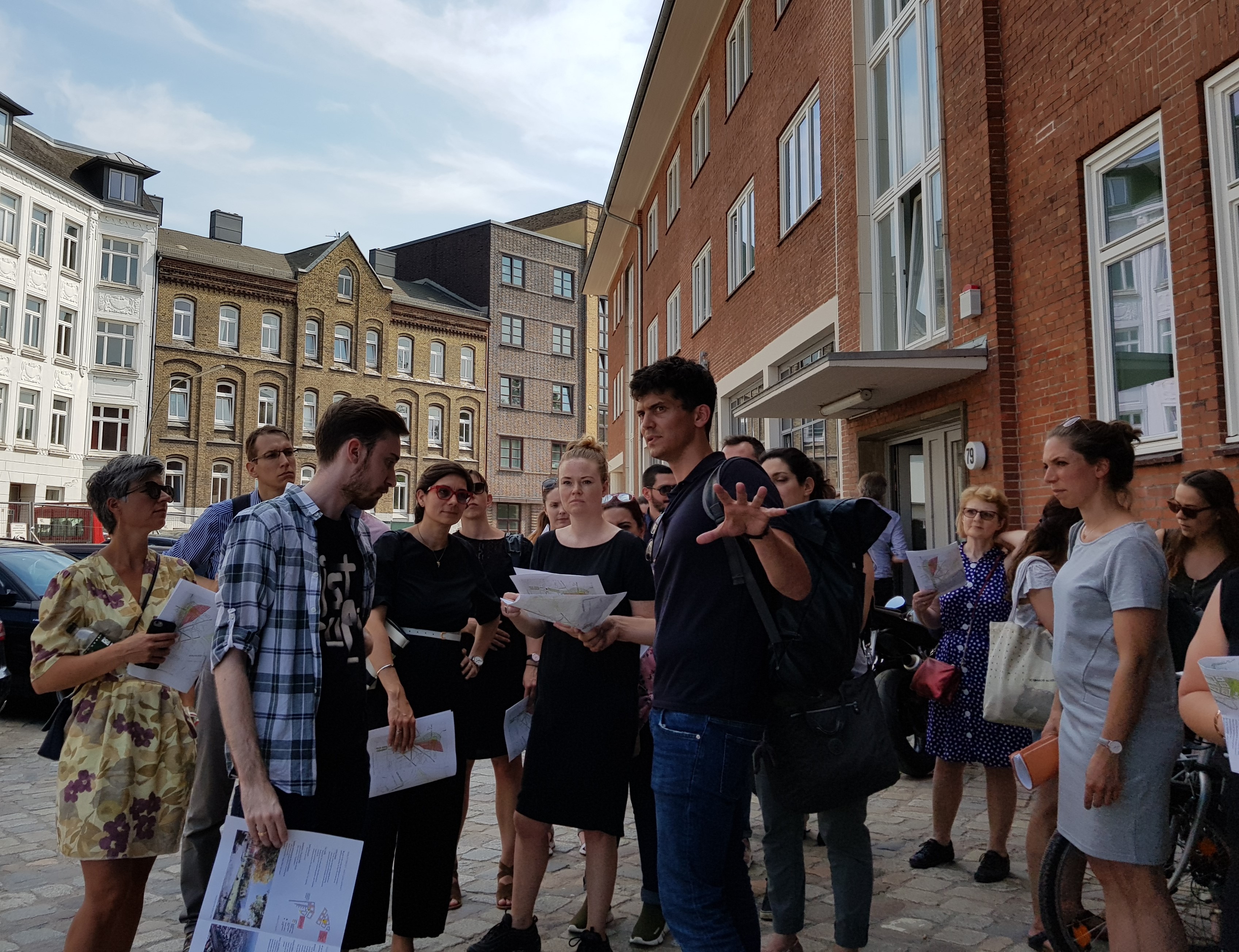
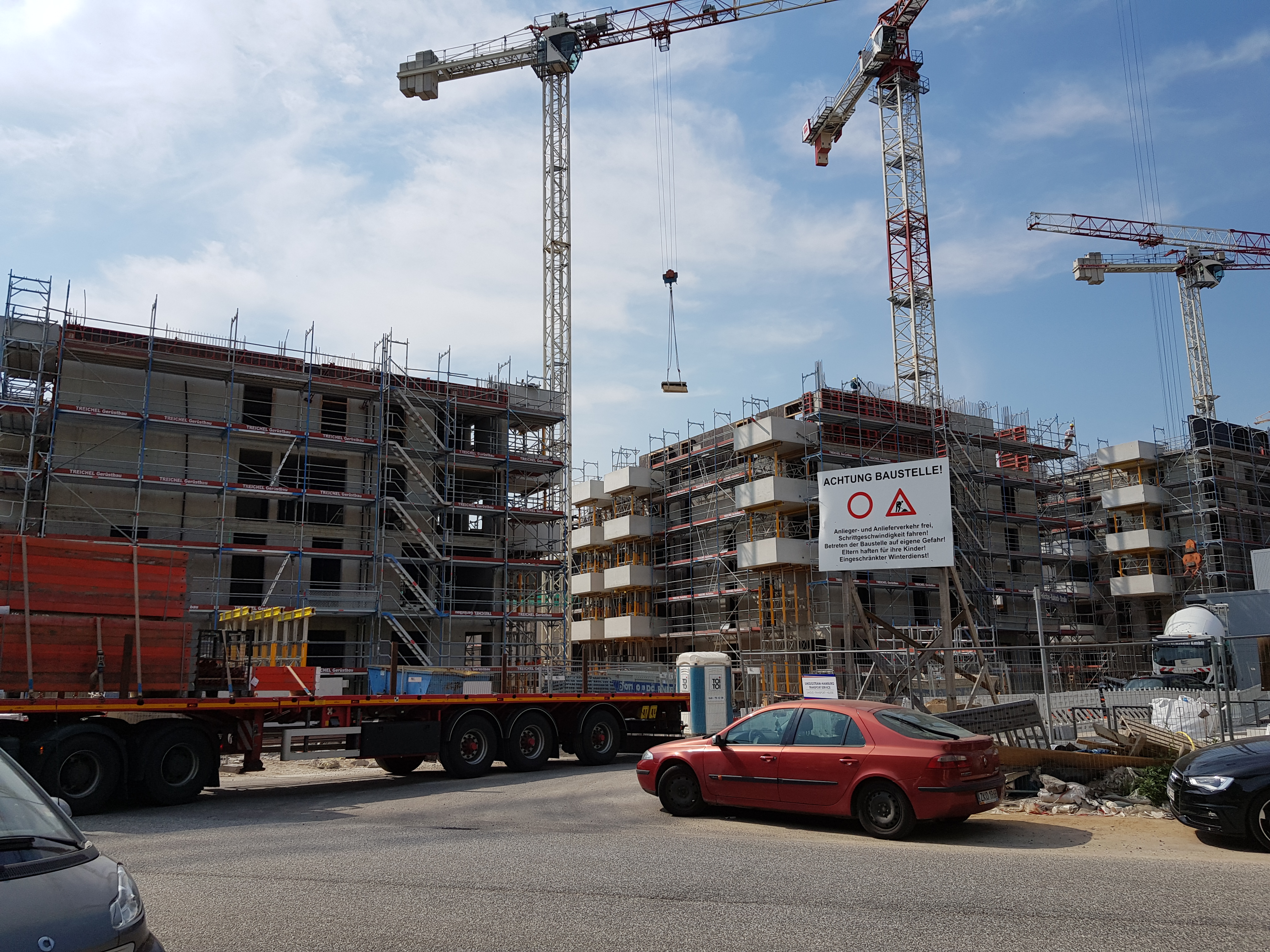
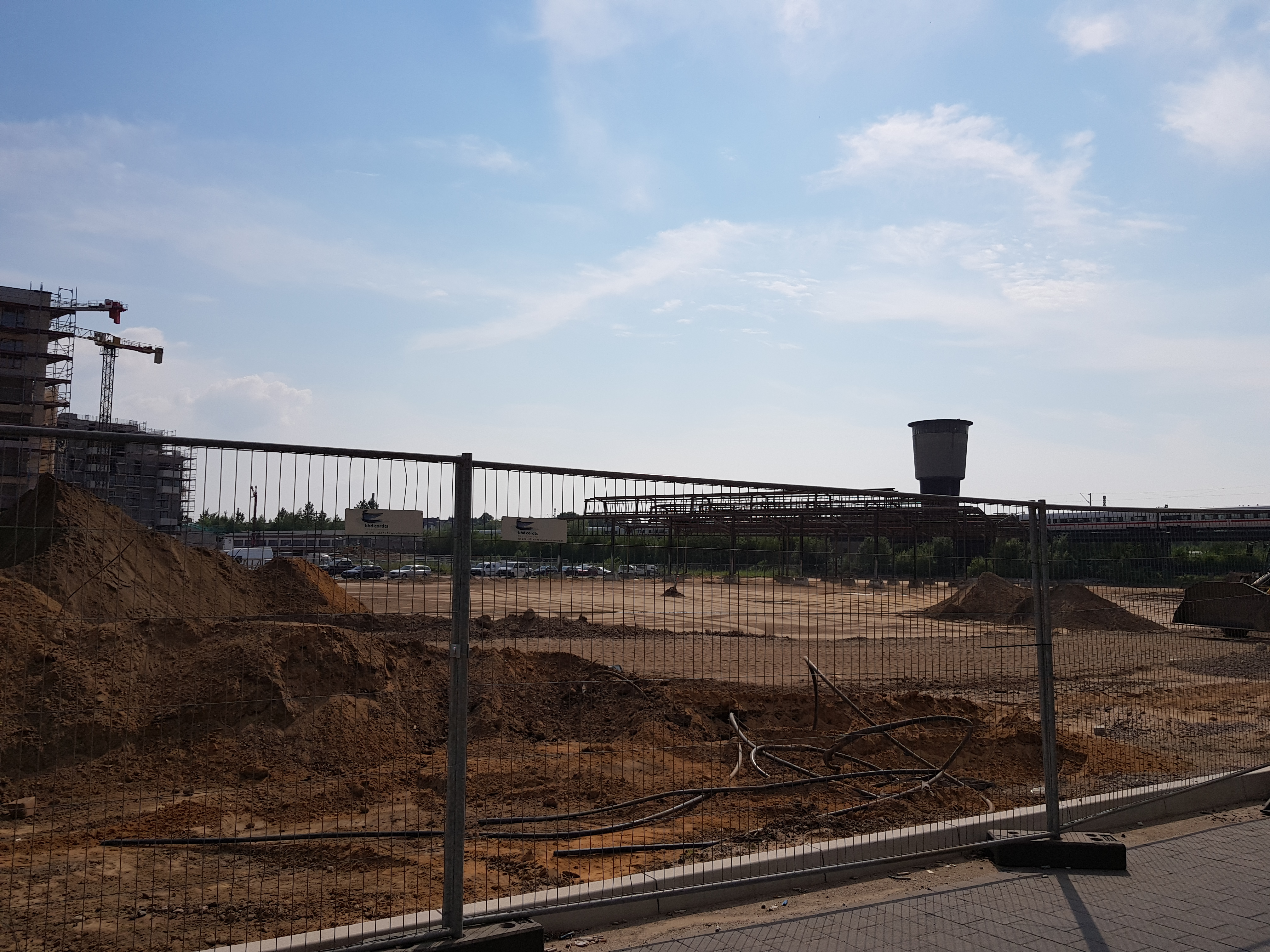
After one year of project, we left the meeting with the feeling that sound foundations have been laid. We now see a lot of exciting work approaching quickly. It is the time for our pilot areas to shine: there will be Presentation Days and Hackdays, where citizens will be invited to come up with ideas first and transform them into concepts. But it doesn’t end there. From ideas to concepts, from concepts to implementation: during the second year of the project we will also try out concrete solutions in real environments. More about this in a later post.



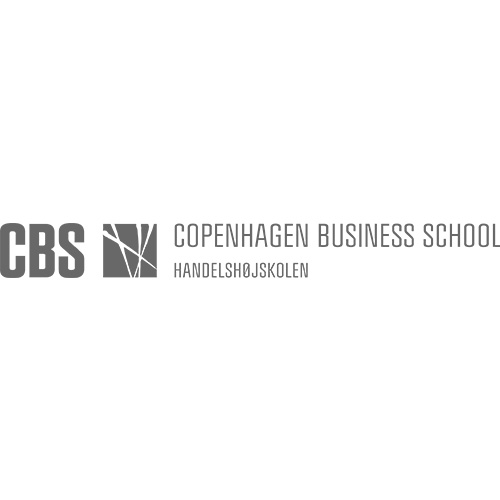
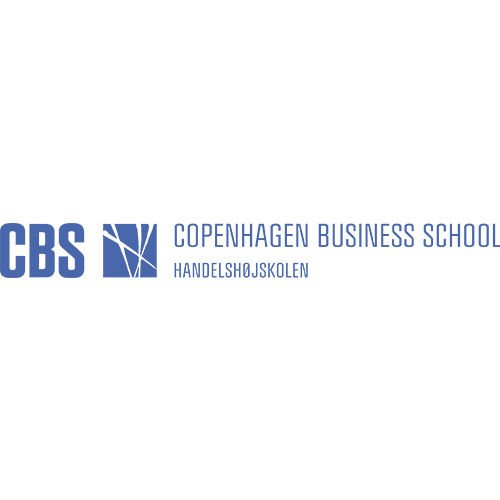
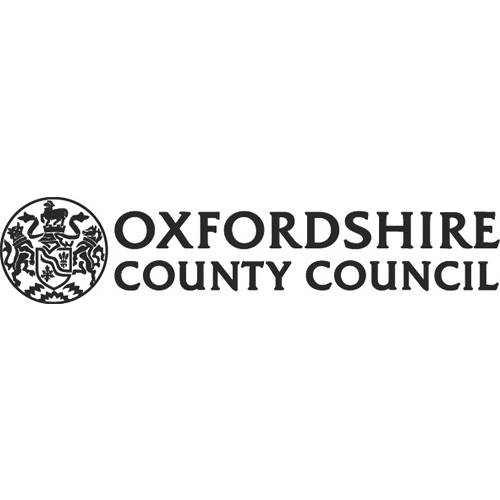

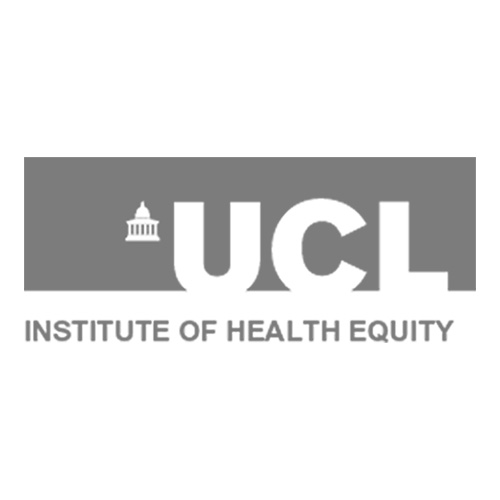
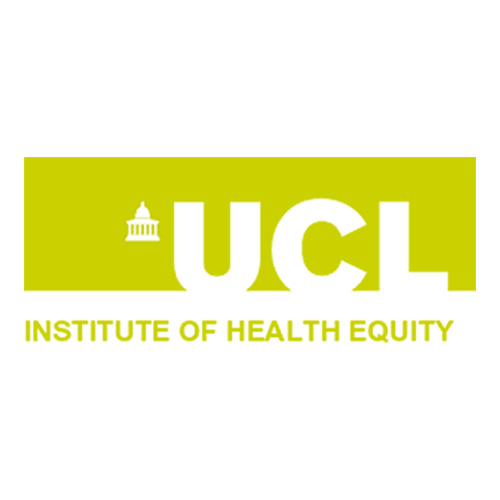
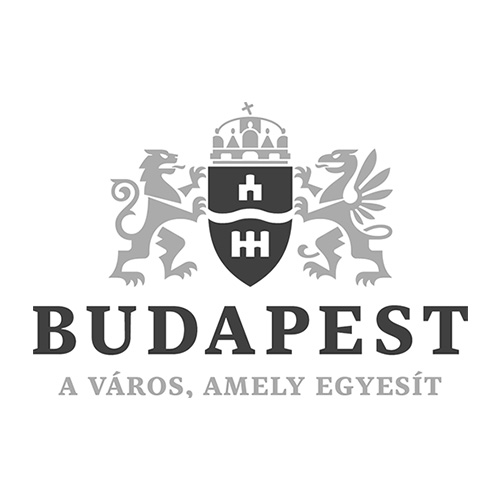
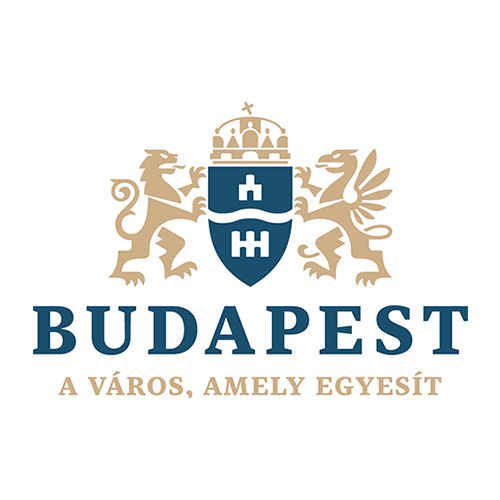
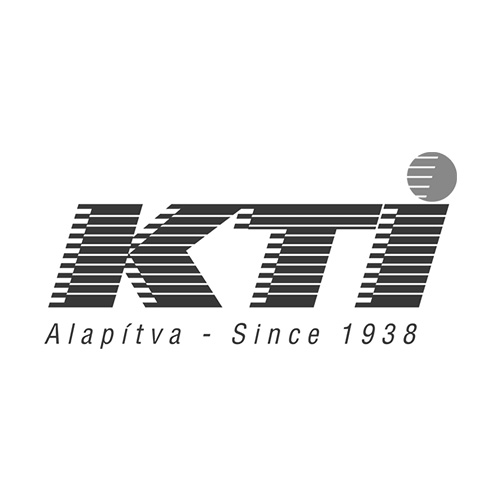
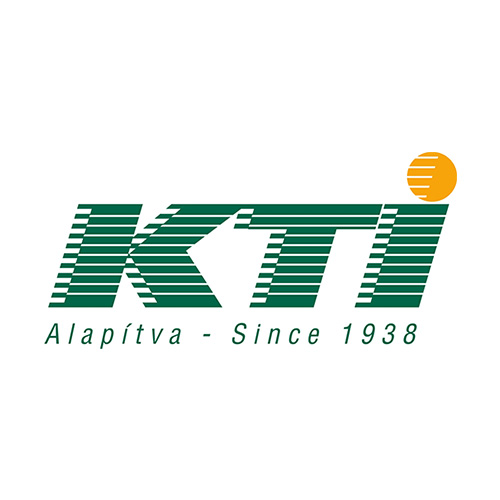
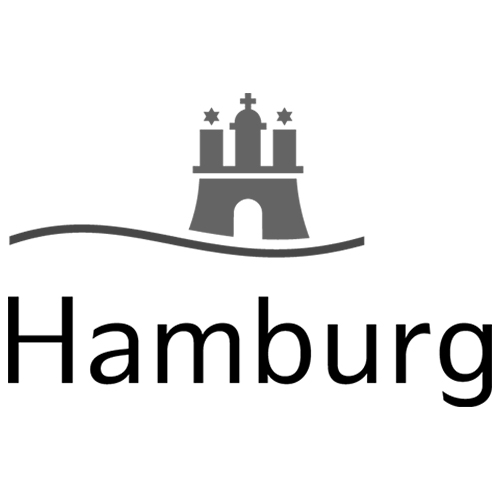
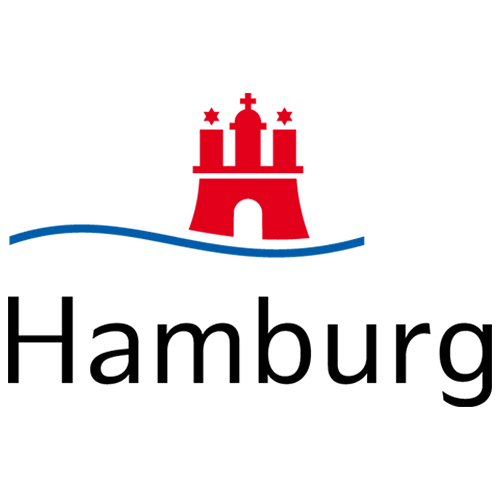
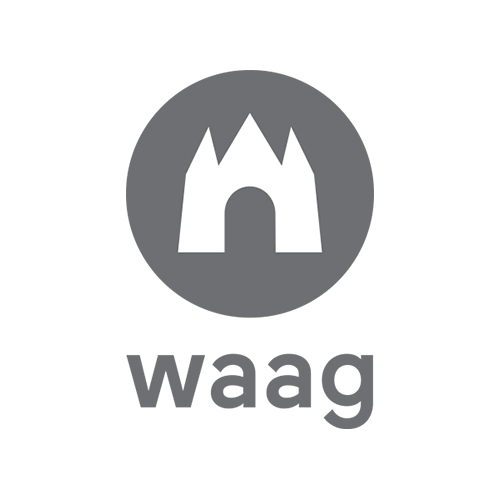

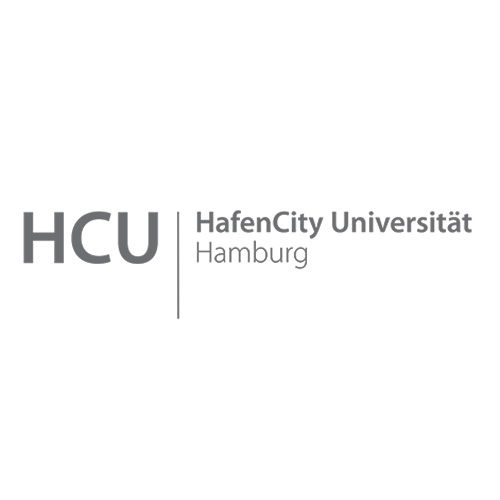
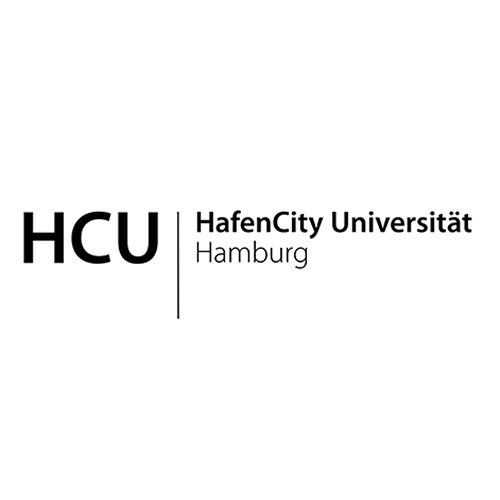
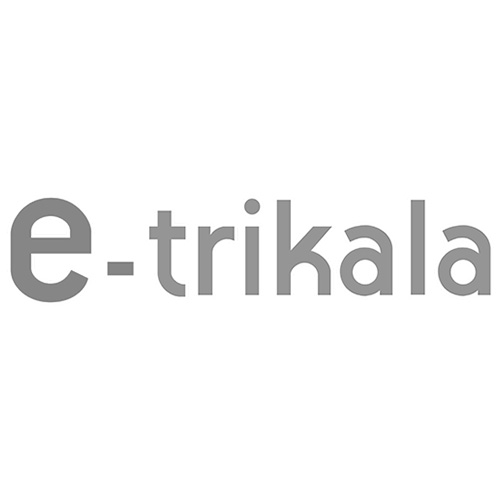
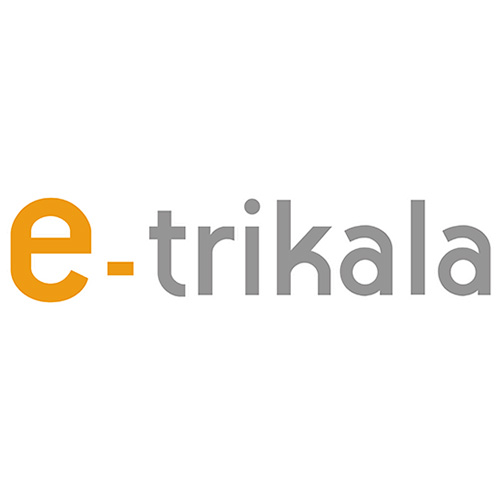
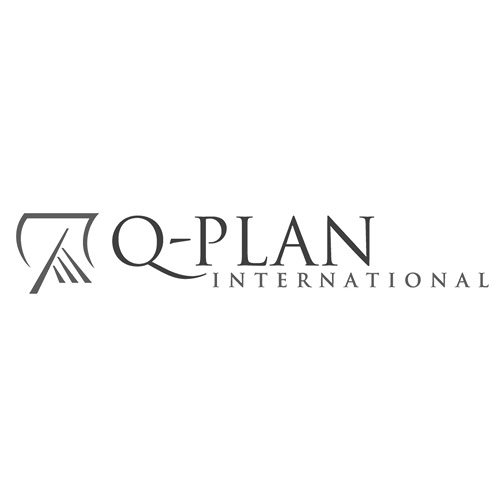
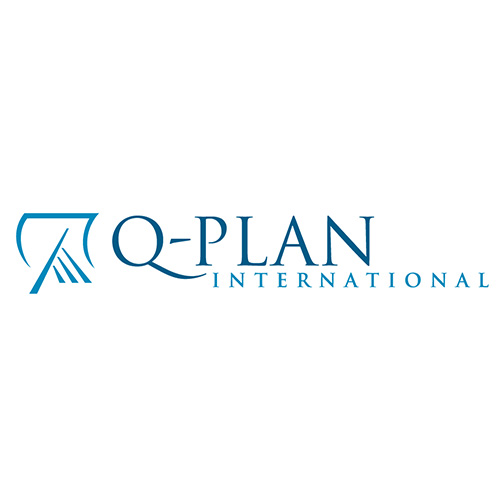
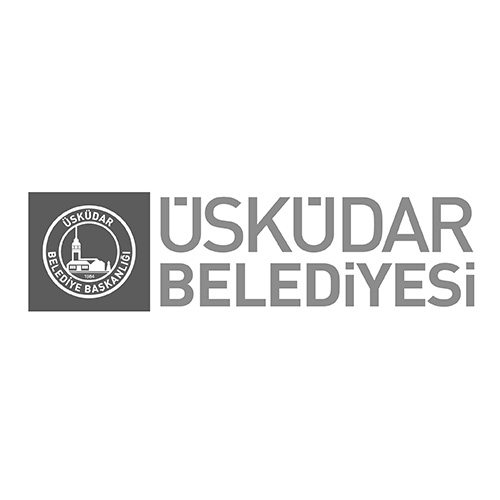


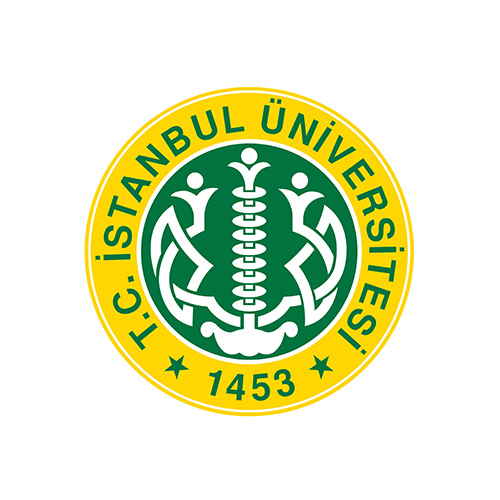


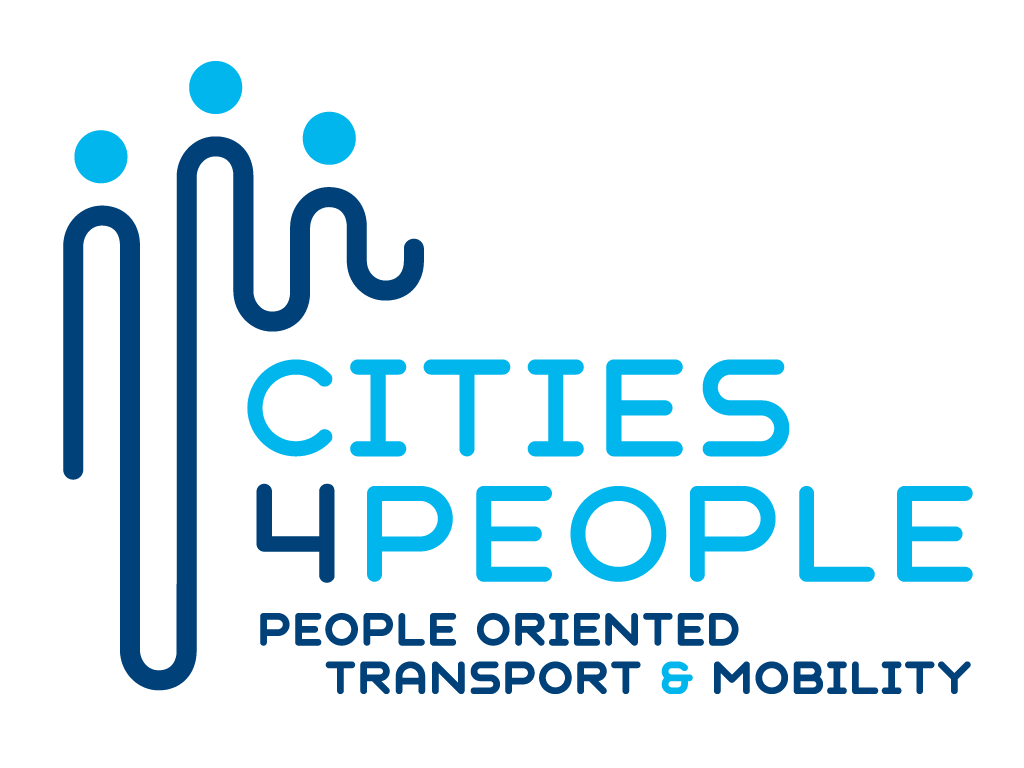
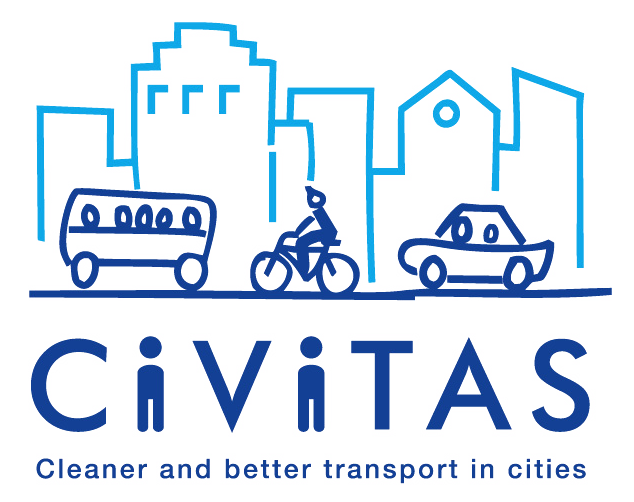


 English
English Magyar
Magyar Deutsch
Deutsch Turkish
Turkish